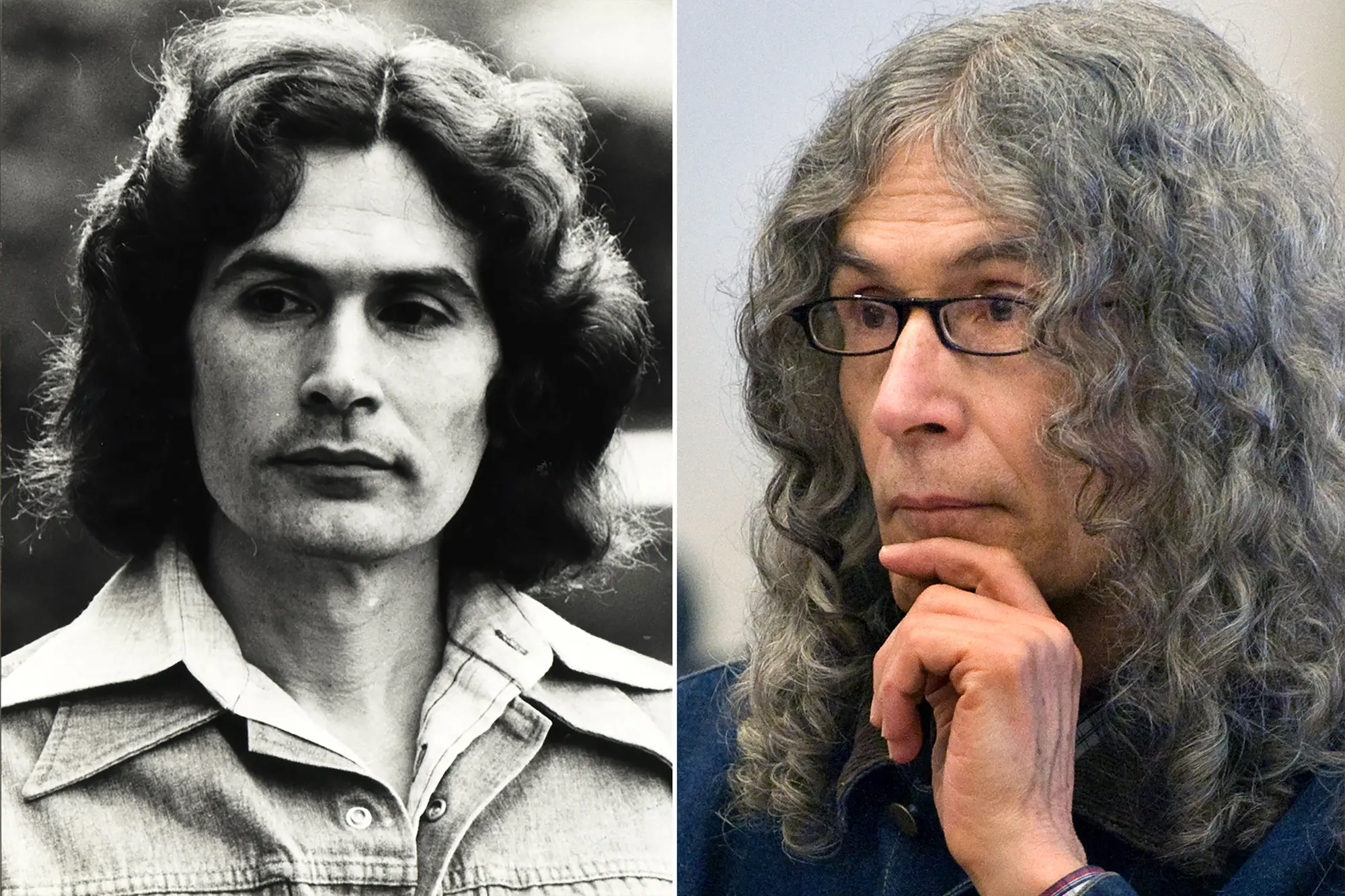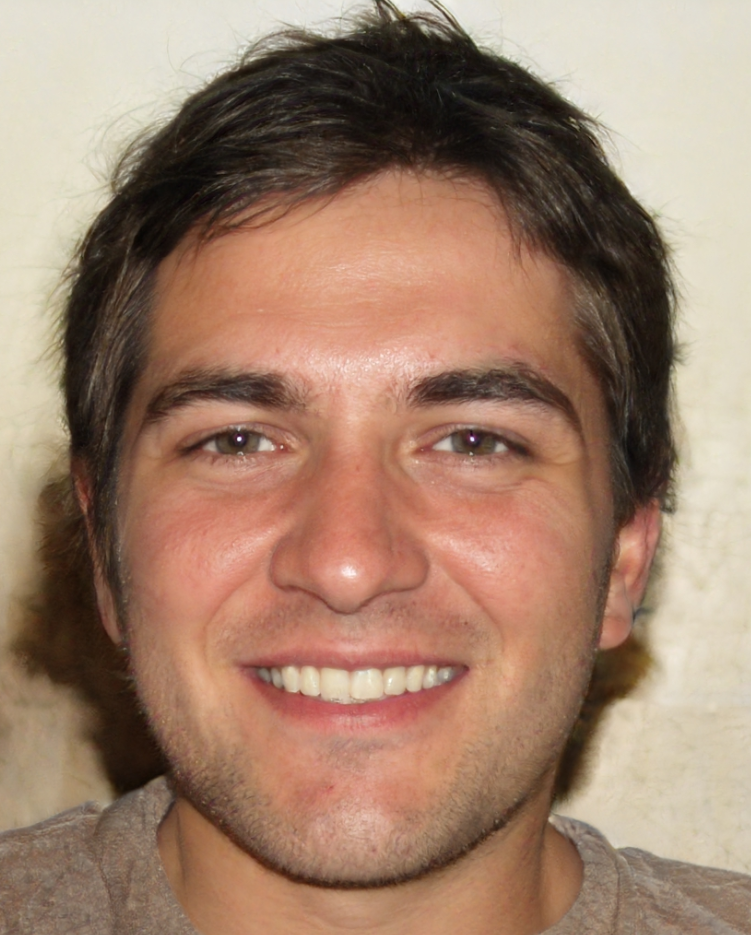
The following content contains disturbing accounts of violence, including sexual violence. Discretion is advised.
In 2003, Steven Mack, a Huntington Beach Police Departmenthomicide detective, played a crucial role in re-examining the twice-overturned murder case of Rodney Alcala, leading to the exposure of a prolific serial killer.
That year, Alcala, a suave individual and former dating show contestant, was arrested for the third time and charged with kidnapping and murdering 12-year-old Robin Samsoe in 1979. Alcala, 60 at the time of his third arrest, had previously overturned convictions in 1980 and 1986 due to jurors being improperly informed about his prior sex crimes and limitations in presenting crucial evidence for his defense.
Mack, who retired in 2008, had a new tool at his disposal, DNA testing. While examining items from a storage locker belonging to Alcala, Mack discovered two rose earrings in a red satin pouch. Suspecting a link to Alcala's victims, Mack conducted DNA testing, finding evidence from another victim, Charlotte Lamb, on one of the earrings. Lamb had been discovered strangled in El Segundo in 1978.
Further DNA testing, including samples from Alcala, connected him to Lamb's murder and seven other unsolved homicides in the 1970s across Los Angeles, New York City, and Granger, Wyoming. The media labeled Alcala as "The Dating Game Killer"due to his appearance on the popular TV show in 1978 amid his killing spree.
Described as a charming psychopath with a high IQ, Alcala's arrest and subsequent trials shed light on the extent of his crimes, thanks to the diligent work of detectives like Steven Mack and advancements in DNA technology.
Alcala’s First Confirmed Victim
In 1971, Rodney Alcala, then a film student at New York University under Roman Polanski, supported himself by working as a photographer and part-time jobs like security guard and camp counselor. Unbeknownst to many, his role as a photographer provided him with easy access to numerous women and young girls, some of whom would later be identified as his murder victims. Alcala kept hundreds of photographs, some explicit, in a storage locker in Seattle, a discovery made by law enforcement in 1979.
In June 1971, Alcala committed a heinous crime against 23-year-old TWA flight attendant Cornelia Crilley in her Manhattan apartment. Reports from New York media indicated that he raped, bit, and strangled her. Six years later, Alcala took the life of 23-year-old Ellen Jane Hover, an aspiring music conductor who vanished after leaving her Manhattan apartment on July 15, 1977.
A year later, Hover's remains were discovered on the Rockefeller estate grounds in Westchester County, close to an area where Alcala had photographed women. These incidents shed light on Alcala's sinister activities during this period.
Alcala’s Murderous Rampage Heads West
Following the killing of Ellen Jane Hover, Alcala embarked on a westward journey, traversing through California, Washington, and Wyoming in the late 1970s. Law enforcement later confirmed Alcala's involvement in the murders of five women in California and Wyoming between 1977 and 1979, preceding the killing of Robin Samsoe.
On November 10, 1977, Alcala took the life of Jill Barcomb, an 18-year-old aspiring Hollywood actress who had recently moved to Los Angeles. Found brutally assaulted with multiple ligatures, Barcomb's face had been brutally smashed in with a rock. Nearly a month later, Alcala sexually assaulted, tortured, and strangled 27-year-old pediatric cancer nurse Georgia Wixted, who had just moved into her own Los Angeles apartment.
Alcala's storage locker, housing a trove of photographs, provided crucial leads for Wyoming homicide investigators in the unsolved murder of Christine Ruth Thornton, a 28-year-old pregnant woman who disappeared from her ranch in 1977.Lamb, discovered in an El Segundo apartment complex in 1978, became Alcala's next victim.
A legal secretary with dreams of stardom, Lamb, described as strikingly beautiful, likely encountered Alcala at a Santa Monica bar on the night she was killed. A year later, in Burbank, Alcala murdered 21-year-old computer programmer Jill Parenteau, adding to the chilling sequence of his crimes during this period.
Alcala’s Final Confirmed Murder Victim
In 1979, Robin Samsoe, a child from Huntington Beach, was abducted by Alcala on her way to ballet class. Described as a precocious girl who loved the beach and dancing, Samsoe's kidnapping and murder devastated her family, who doted on her as the youngest member.
In March 2010, a jury sentenced Alcala to death following his third conviction for the murders of Samsoe and four other California victims: Barcomb, Wixted, Lamb, and Parenteau. Subsequently, in 2011, Alcala faced charges in New York for the murders of Crilley and Hover. Detectives matched Alcala's DNA to saliva found on Crilley's preserved body and also compared a mold of Alcala's teeth to the bite marks.
In 2012, Alcala pleaded guilty to the New York murders. The investigation expanded to Seattle, Washington, where law enforcement explored Alcala's possible involvement in two unsolved murders in 1977 and 1978, as well as a woman's disappearance in 1976. However, the outcome of the inquiry remains undisclosed.
In 2013, the sister of Wyoming victim Christine Ruth Thornton recognized her in a photo in an online database created by California investigators. Alcala was charged with her murder in 2016. Prosecutors dismissed the Wyoming case in 2021 shortly after Alcala's death in prison from natural causes.
Investigators and prosecutors speculate that Alcala may have had more than 100 victims, and the overturned convictions and three trials took a toll on Samsoe's surviving relatives. Alcala's perceived intelligence and attempts at appeal were countered by airtight cases to ensure justice. While acknowledging that the devastation inflicted cannot bring closure, securing Alcala's third conviction provided some sense of justice for Samsoe's family.
See Also:
